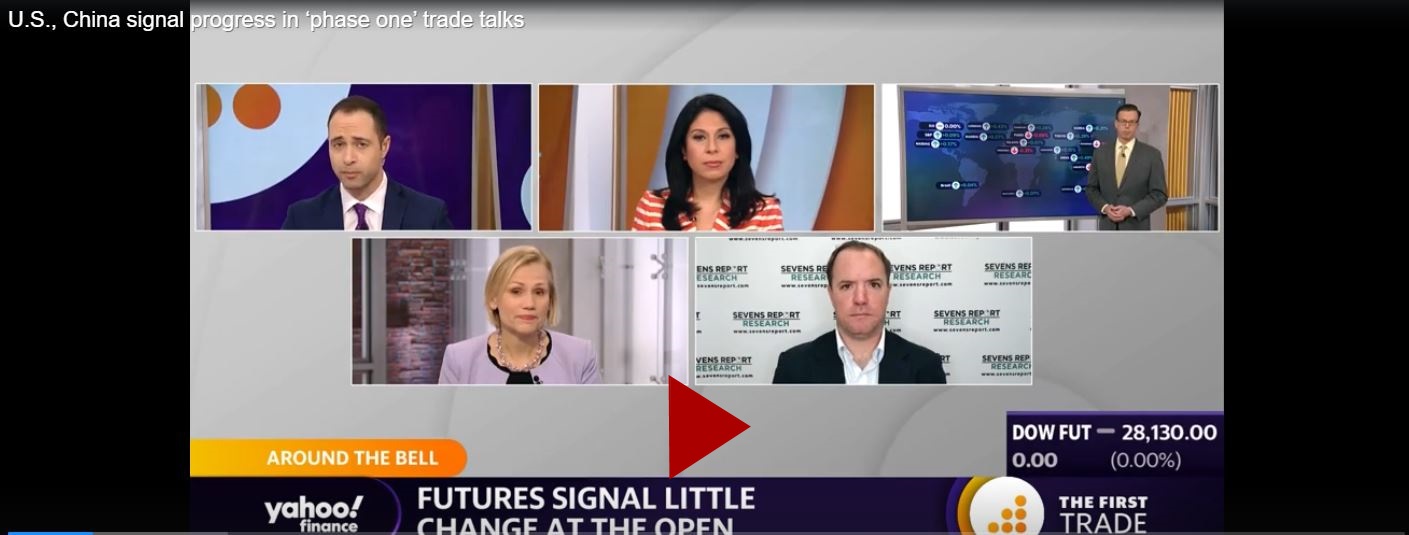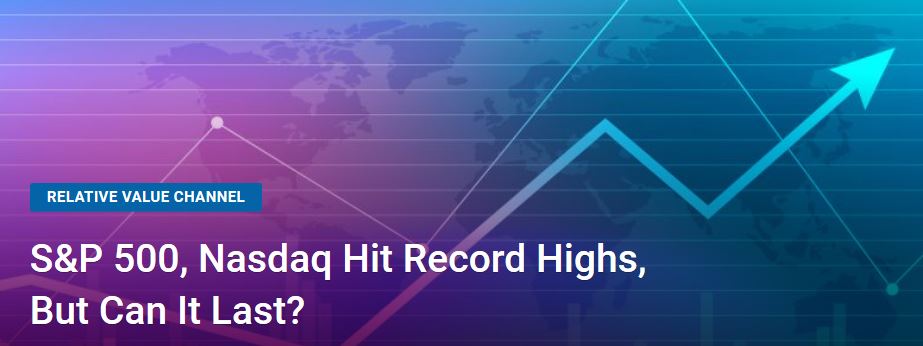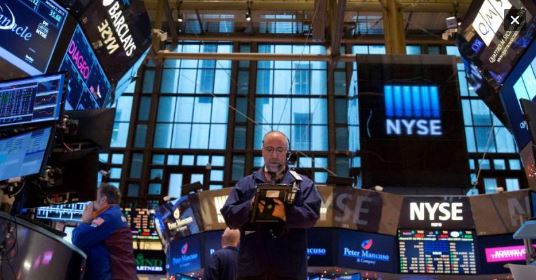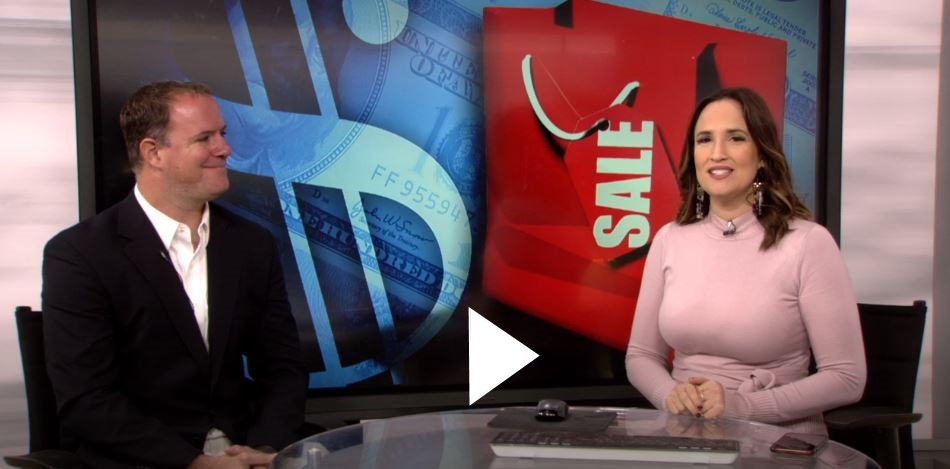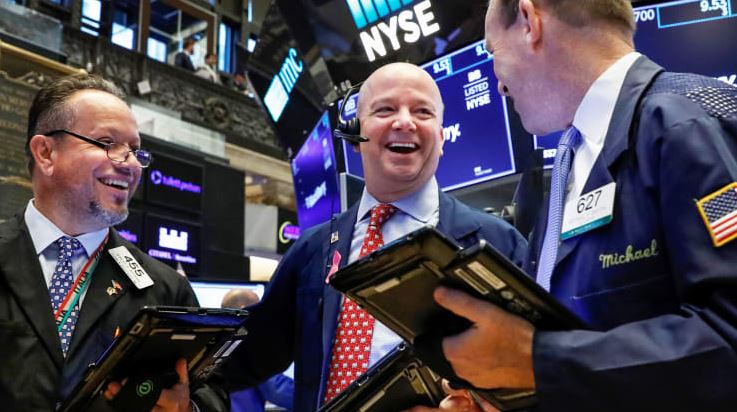Why Have Stocks Dipped?
What’s in Today’s Report:
- Bottom Line: Why Have Stocks Dipped?
- OPEC Meeting Preview
S&P futures were tentatively higher overnight amid mostly quiet news flows until another trade war “tape bomb” triggered rapid risk-off money flows over the last hour.
Speaking in London before this week’s NATO meeting, President Trump said that he “had no deadline” for a trade deal with China and he thought it might be “better to wait until after the election” to make a deal.
The comments lower the odds that a “phase one” deal is agreed upon before the Dec. 15 tariffs are due to go into effect.
In the wake of Trump’s comments this morning, focus will remain almost exclusively on the trade war and any further comments by the U.S. or reaction by China will move markets.
As far as the calendar goes, there is one economic report to watch: Motor Vehicle Sales (E: 17.0M) and there are no Fed officials scheduled to speak today.
